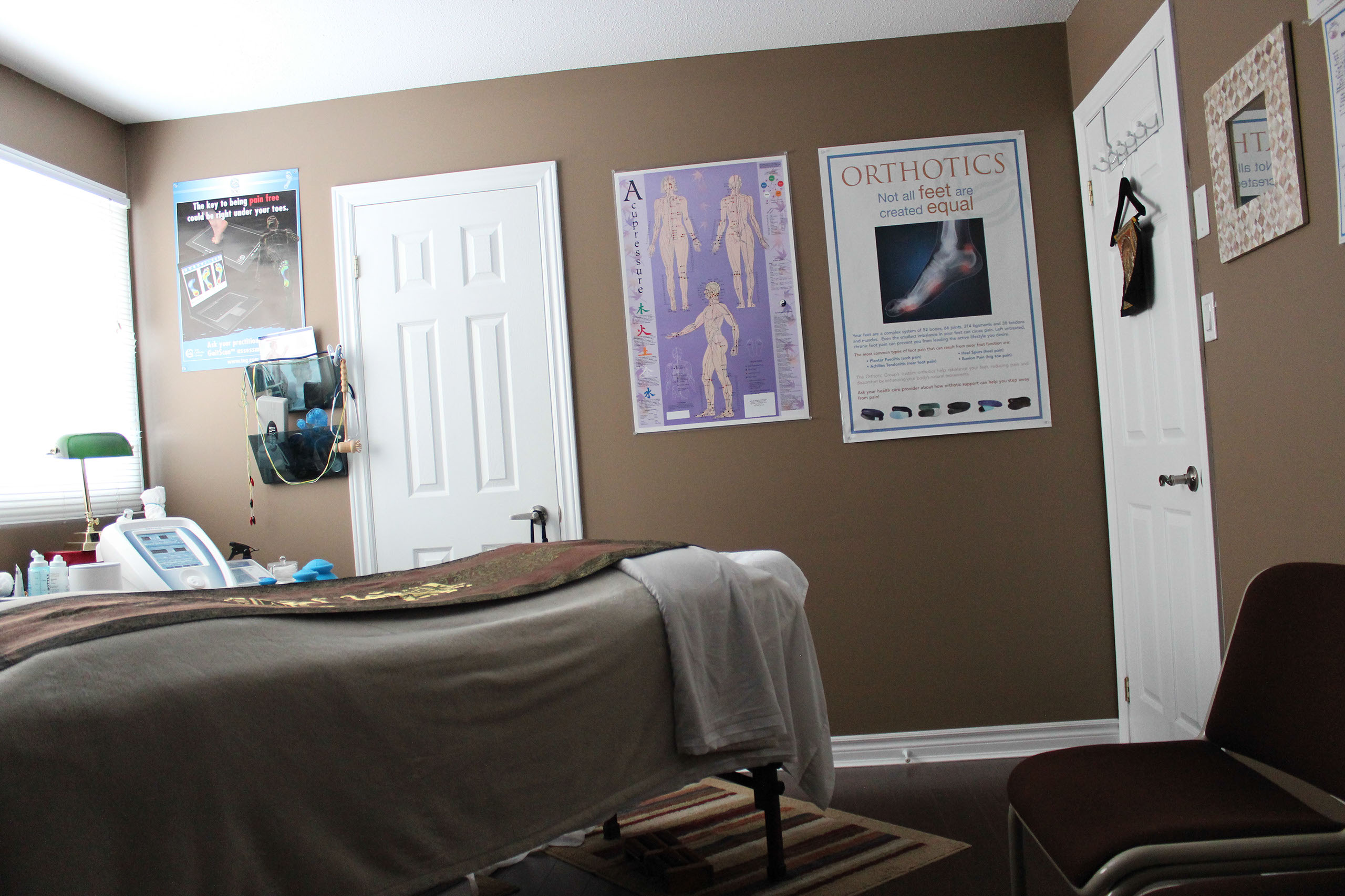

Deep Tissue Massage
What is Deep Tissue Massage?
Deep tissue massage is a type of massage therapy that focuses on realigning deeper layers of muscles and connective tissue. It is especially helpful for chronically tens
and contracted areas such as stiff necks, low back tightness, and sore shoulders.
Some of the same strokes are used as classic massage therapy, but the movement is slower and the pressure is deeper and concentrated on areas of tension and pain.
How Does Deep Tissue Massage Work?
When there is chronic muscle tension or injury, there are usually adhesions (bands of painful, rigid tissue)
in muscles, tendons, and ligaments.
Adhesions can block circulation and cause pain,
limited movement, and inflammation.
Deep tissue massage works by physically
breaking down these adhesions to relieve
pain and restore normal movement.
To do this, the massage therapist often uses
direct deep pressure or friction applied
across the grain of the muscles.
Will Deep Tissue Massage Hurt?
At certain points during the massage, most people find there is usually some discomfort and pain.
It is important to tell the massage therapist
when things hurt and if any soreness
or pain you experience is outside
your comfort range.
There is usually some stiffness or pain
after a deep tissue massage, but it should
subside within a day or so. The massage therapist may recommend applying ice to
the area after the massage.
Benefits of Deep Tissue Massage
Unlike classic massage therapy, which is used for relaxation, deep tissue massage
usually focuses on a specific problem, such as:
• Chronic pain
• Limited mobility
• Recovery from injuries (e.g. whiplash, falls, sports injury)
• Repetitive strain injury, such as carpal tunnel syndrome
• Postural problems
• Ostearthritis pain
• Fibromyalgia
• Muscle tension or spasm
Deep tissue massage also received a top ranking for fibromyalgia pain.
People often notice improved range of motion immediately after a deep tissue massage.
Deep Tissue Massage Helps
• Fibromyalgia pain
• Chronic pain
• Limited mobility
• Recovery from injuries (e.g. whiplash, falls, sports injury)
• Repetitive strain injury, such as carpal tunnel syndrome
• Postural problems
• Ostearthritis pain
• Muscle tension or spasm











